Growing & Planting Sunflower Seeds: 7 Easy Steps
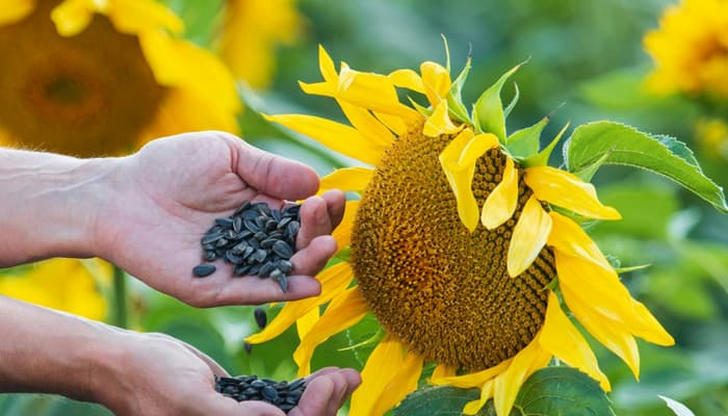
Providing food for birds is an excellent way to support them during challenging seasons. Additionally, cultivating your own plants in the garden not only offers a sense of accomplishment but also contributes positively to your carbon footprint.
Sunflowers are an ideal choice for a garden that promotes wildlife. These vibrant plants attract bees and, occasionally, butterflies, which are drawn to their nectar during peak blooming periods. Furthermore, Greenfinches and Goldfinches enjoy feasting on the seedheads once they mature.
If you lack a garden, there is no need for concern. Sunflowers can thrive in pots, making them suitable for a bright and sunny balcony or an indoor area. Children will find joy in the friendly competition of growing the tallest sunflower!
How to Grow Sunflowers from Seeds?
Young sunflower heads exhibit a behavior known as heliotropism during their growth phases, where they follow the sun's movement to maximize light absorption. As the flowers reach maturity, the stem becomes rigid, and the sunflower heads typically orient themselves towards the east. Let's have a look at the different steps!
Step 1: Production

- Sunflowers are generally cultivated in two main categories: oilseed varieties and confection sunflowers.
- Oilseed sunflowers are primarily produced for the extraction of sunflower oil and for use as bird feed, with sunflower oil recognized for its health benefits due to its low saturated fat content.
- Confection sunflowers, on the other hand, are intended for human consumption, commonly enjoyed as roasted or baked seeds.
Step 2: Soil Fertilizer
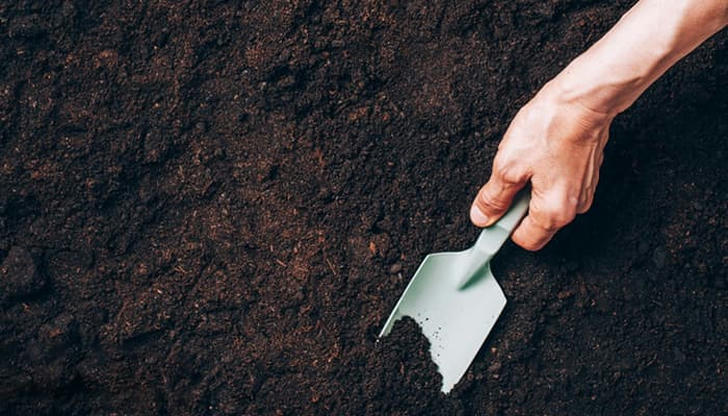
- Sunflowers possess deep root systems that enable them to effectively access nutrients from the soil. They thrive in well-drained soils with a pH range of 6.0 to 7.0, such as clay loam and silty clay. It is advisable to test the soil to assess its pH and nutrient requirements prior to planting sunflowers.
- After the emergence of the second set of leaves, a slow-release all-purpose fertilizer can be applied directly to the plants to enhance growth and yield larger blooms.
- Additionally, sunflowers can benefit from a split application of nitrogen, where half of the recommended amount is applied at planting and the remaining half is added later in the growing season.
Step 3: Planting
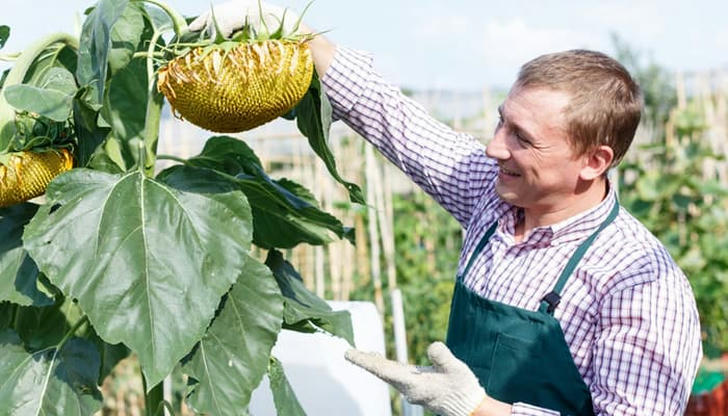
- Sunflowers are annual species that thrive in bright, sunny environments.
- They can be conveniently grown from seeds by sowing them directly into the soil.
- Alternatively, sunflowers can be initiated indoors as transplants, enabling them to flower sooner than when seeded directly in the ground.
Step 4: Seeding
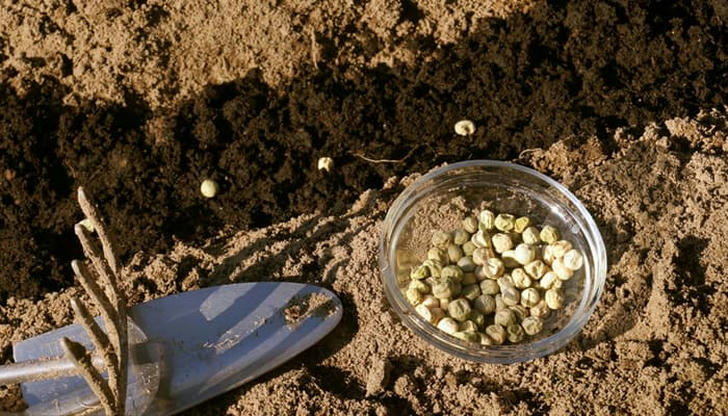
- Sow sunflower seeds at a depth of 1 to 2 inches following the final frost warning.
- For smaller sunflower varieties, maintain a spacing of 6 inches between seeds, while for taller varieties, ensure a distance of 12 inches.
- After seedlings appear, thin them as necessary, and position rows 2 to 3 feet apart.
Step 5: Watering
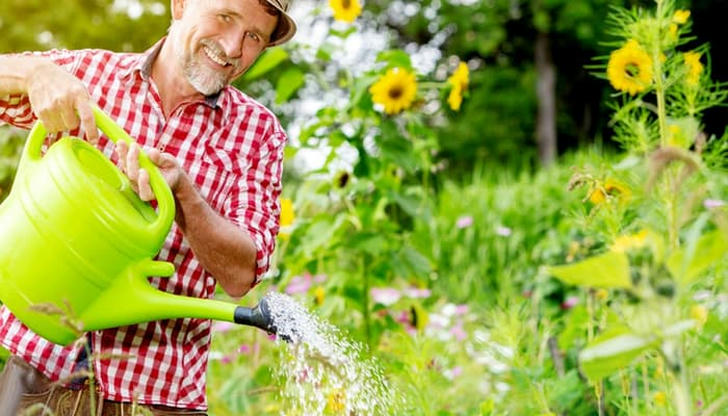
- Sunflowers are resilient to warm conditions and can tolerate mild drought; however, consistent watering is essential in the early growth phase to establish a robust root system.
- During the growing season, it is important to water sunflowers when applying fertilizer to facilitate nutrient absorption by the roots.
- After establishing a strong foundation, sunflowers can be watered less frequently, provided there is no rainfall for several days, with a weekly water requirement of just one inch.
Step 6: Weed Control
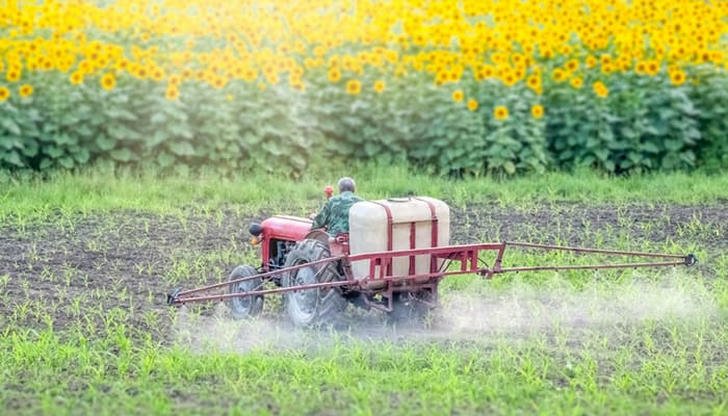
- Sunflowers are capable of surpassing weeds in competition only as they reach maturity; thus, managing weeds is crucial during the initial growth phase to ensure the plants receive adequate nutrients and moisture.
- Effective weed management can be achieved through methods such as tilling, hoeing, hand-pulling, or by applying mulch around the sunflowers.
- Herbicides may also be utilized for weed control; however, it is essential to adhere to the instructions provided on the product label.
Step 7: Keep an Eye
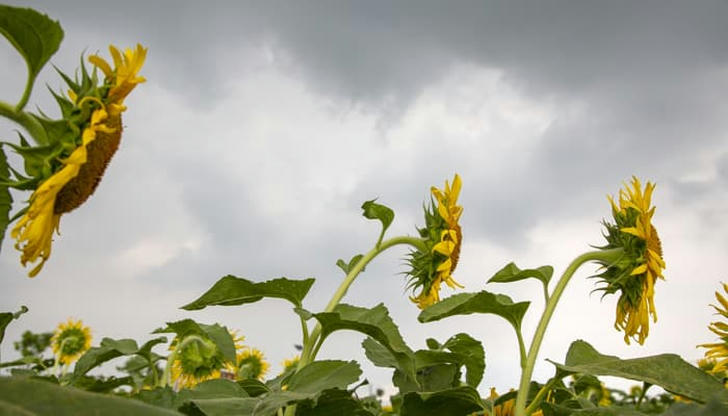
- Sunflower seeds typically germinate into small seedlings within a period of 7 to 10 days. It is essential to water them consistently and ensure the soil remains moist.
- If your sunflowers are planted outdoors, consider using baskets or nets to shield the seedlings from potential bird predation.
- Regular maintenance, including adequate watering and protection from wildlife, is crucial for the healthy growth of sunflower seedlings.
Sum Up

In conclusion, growing sunflowers from seeds is a rewarding experience. By choosing the right variety, preparing the soil, planting at the correct time, and providing consistent care, you can enjoy the beauty and benefits of these iconic flowers in your garden.
